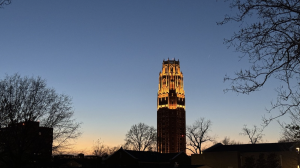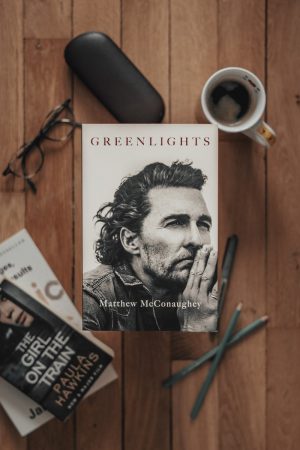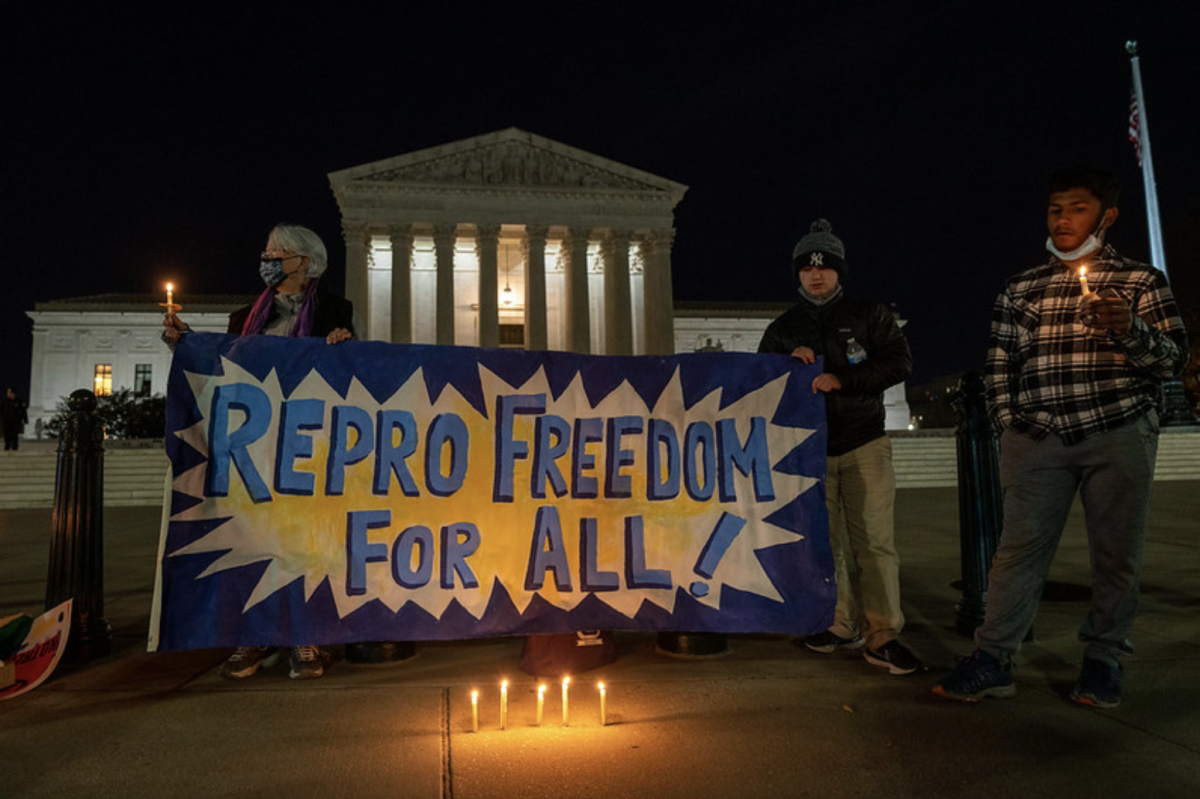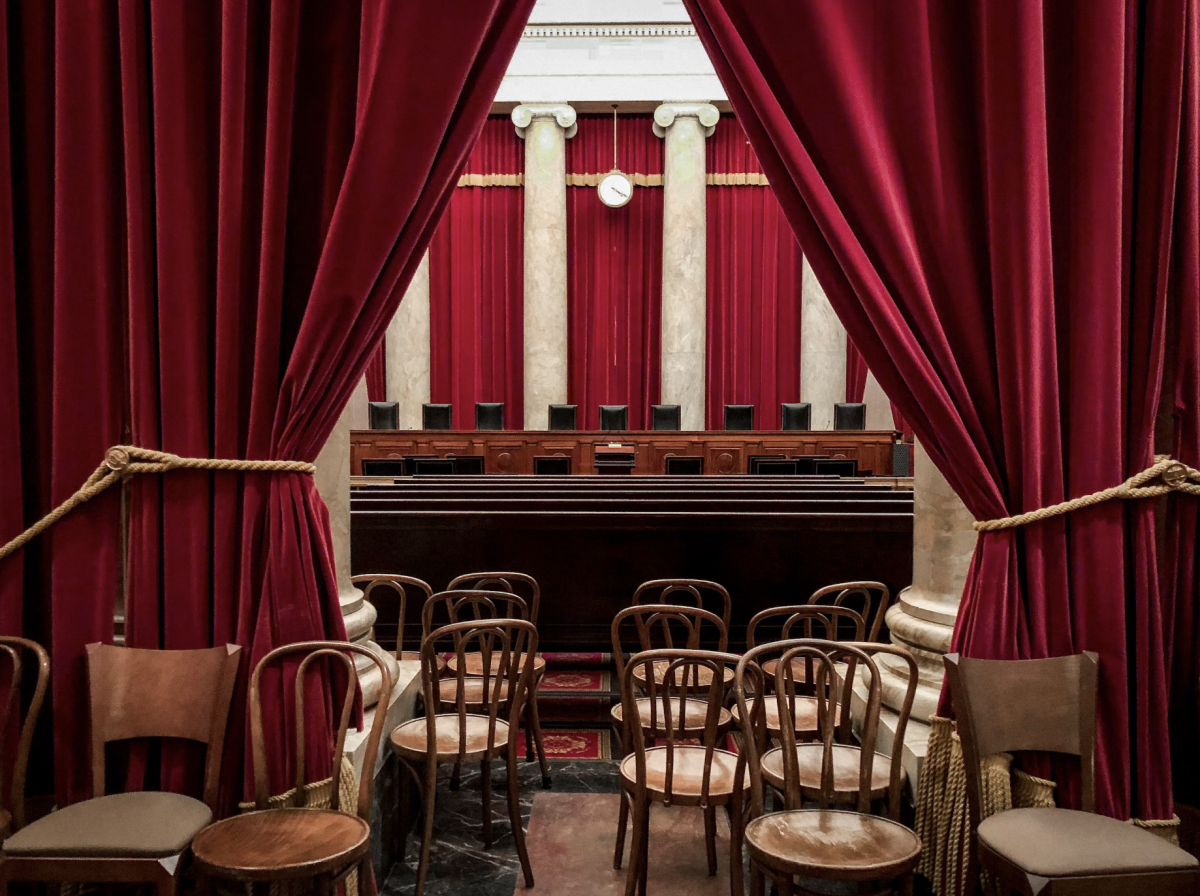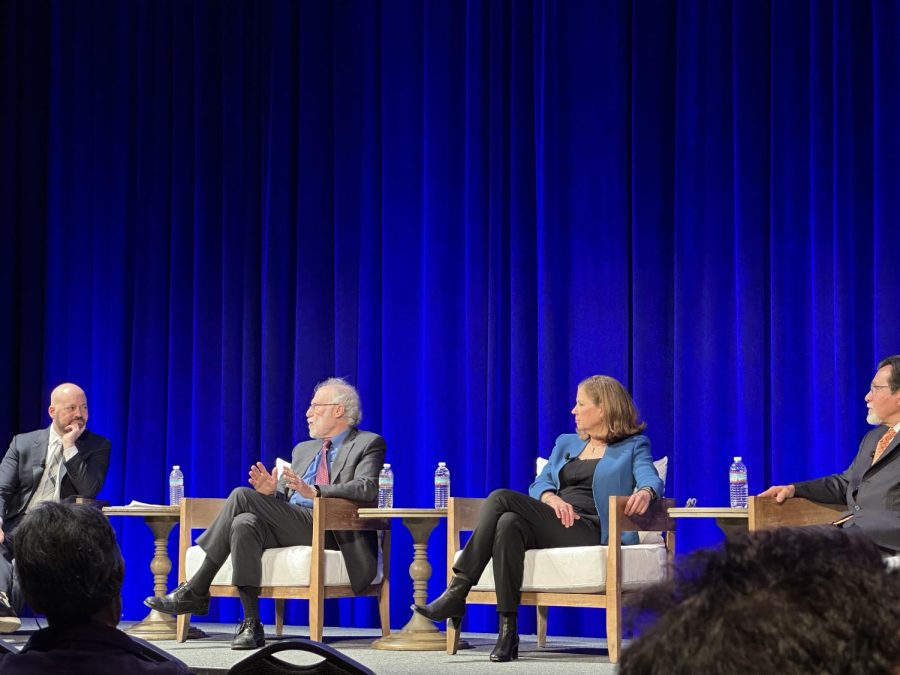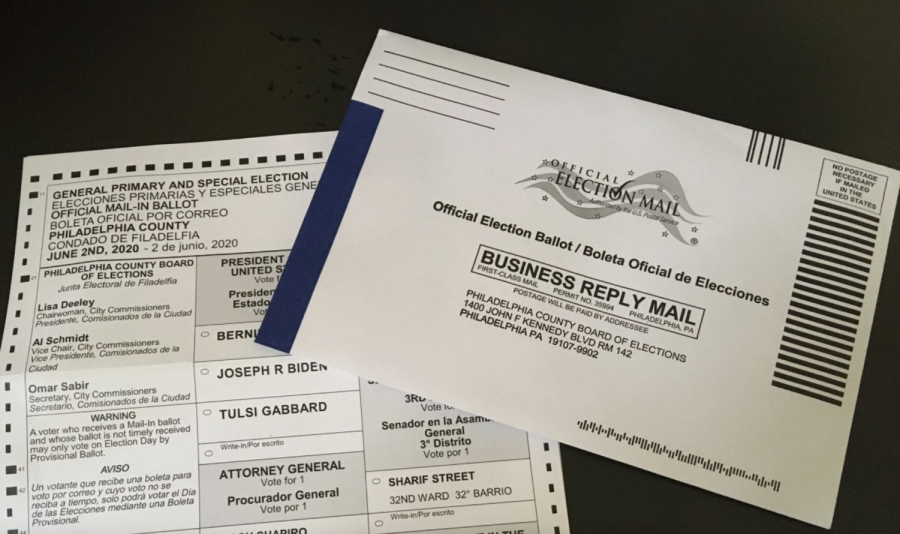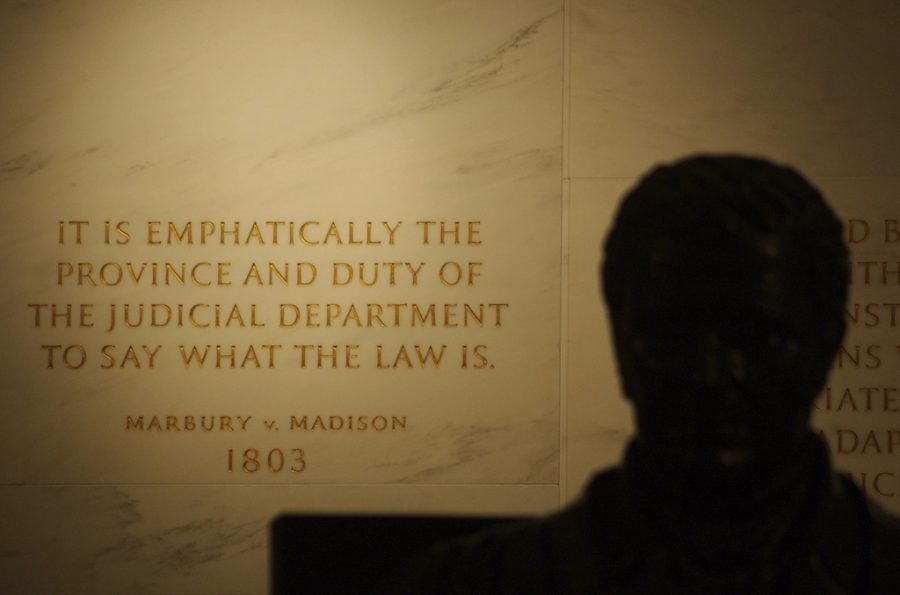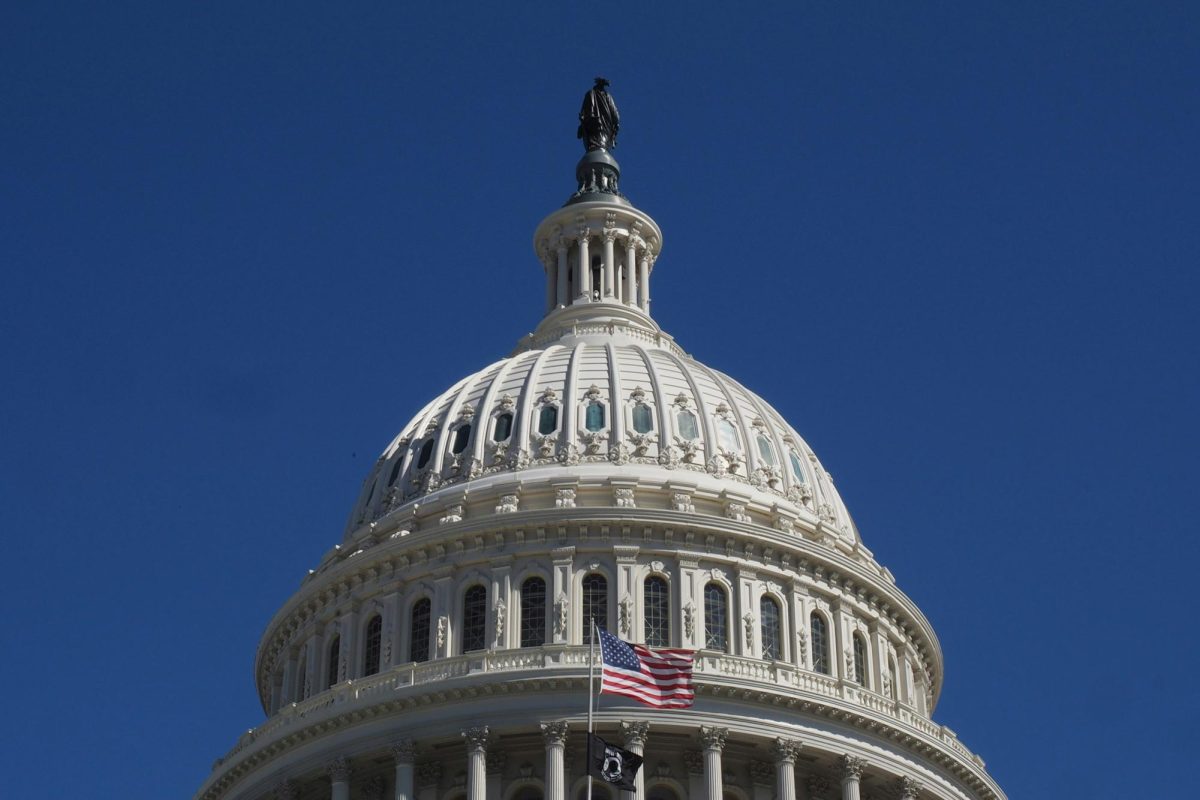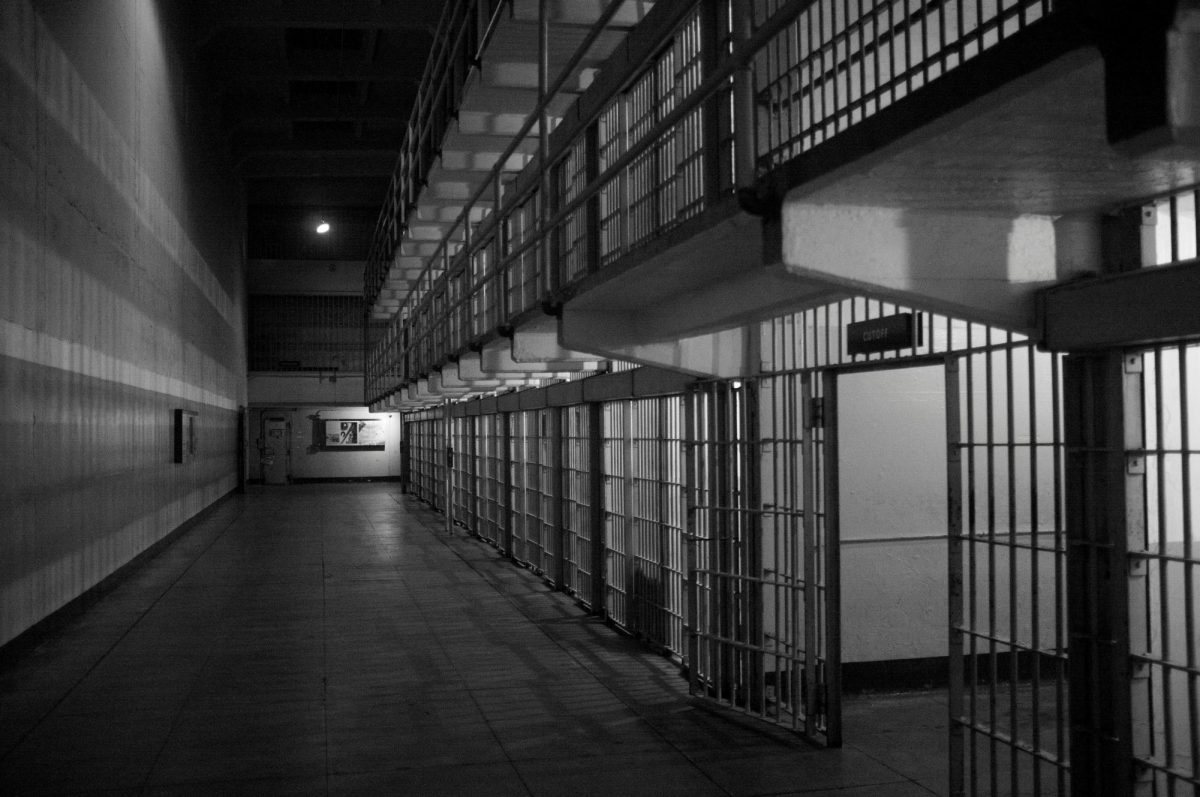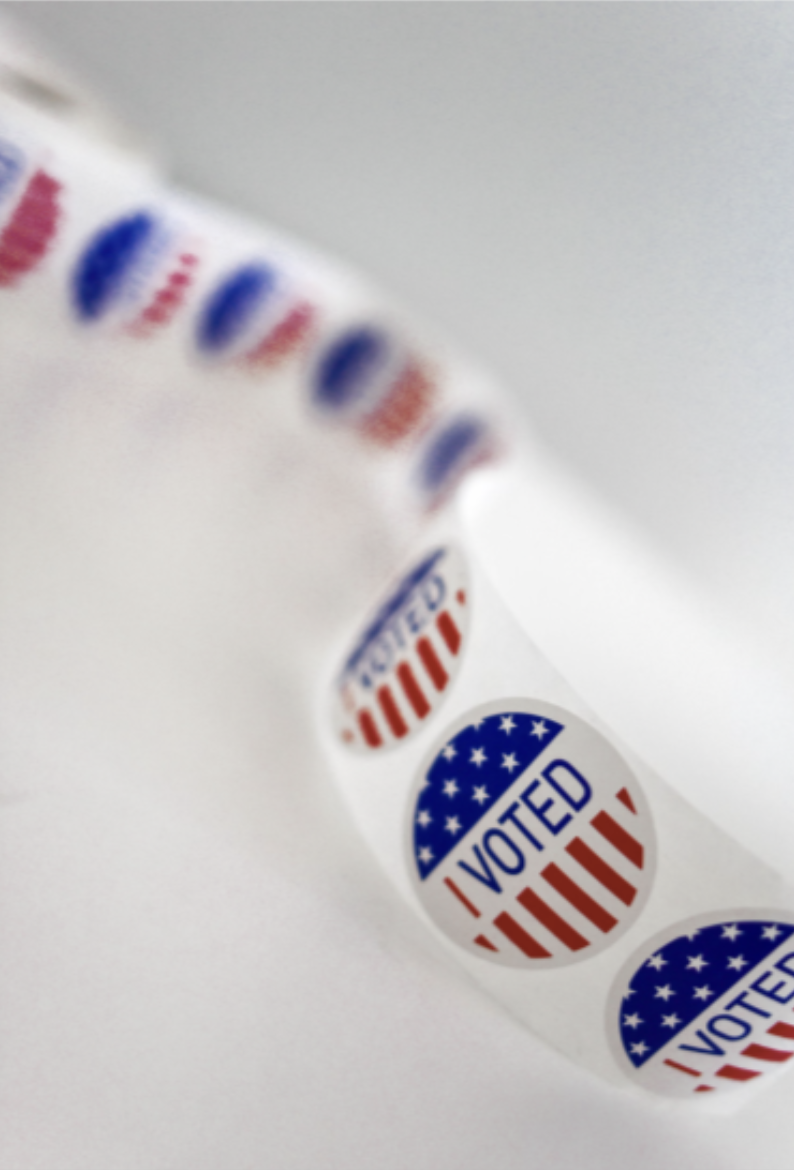On January 25, 2013—just days after the fortieth anniversary of the Supreme Court’s landmark Roe v. Wade decision—abortion opponents came out in waves for the March for Life rally in Washington, D.C. While thousands attended the Washington rally, including Republican Tennessee Representative Diane Black and former Republican presidential candidate Rick Santorum [1], the results of a recent NBC News/Wall Street Journal poll revealed that Americans are far from one-sided on the issue. In fact, out of those polled, seventy percent of Americans opposed overturning the decision—the highest opposition rate the question has seen since 1989 [2].
However, while the same NBC/WSJ poll revealed that a majority of Americans favor abortion in all or most circumstances, this is not the whole story. A full 44 percent of those surveyed were opposed with or without exceptions, which reveals that significant dissonance that still exists. Much like public opinion towards gay marriage is largely split along partisan and religious lines, so too is public opinion regarding abortion. In the wake of such a clear split, the case that has spurred such controversy even forty years later should be revisited.
While Roe v. Wade does strike at the core of long-held moral and religious beliefs involving the definition of personhood, the case itself can be interpreted from a slightly less charged perspective. The court’s 7-2 ruling found that laws restricting abortion infringed upon a woman’s constitutional right to privacy [3]. Roe came on the heels of a strong Supreme Court trend towards expanding the right to privacy and can be interpreted as a follow-up of the 1965 Griswold v. Connecticut decision, which protected married couples’ right to privacy [4]. The right to privacy remains at the core of the court’s decision and is an especially relevant issue today.
In an age of increasing globalization and technological advancement, the boundaries that once defined privacy have become blurred. Because of this, it is difficult to determine if the standards that defined privacy in the 1970s still apply. Many of those who favor upholding Roe argue that the federal government should not have a say in a decision as highly personal as abortion. Similarly, those who favor gay marriage favor the freedom to choose a marriage partner without governmental intervention. If the prevailing public opinion seems to be shifting in favor of greater privacy, one question remains: how is privacy to be interpreted in an era that is inarguably less private than ever before?
Roe v. Wade embodies the idea that Americans should have a constitutional right to privacy from the government. A modern day distinction should be made, however, between privacy from the government and personal privacy. With the explosion of social media, in particular, Americans are considerably more open about the personal details of their lives than in the 1970s. As personal privacy continues to disintegrate, but the demands for privacy from the government logically remain, the Supreme Court is left to interpret a concept that is not the same as it was in the Roe era.
While the controversy surrounding Roe v. Wade likely will not fade any time soon, one must wonder what the court’s decision would have been had the case been decided today. If privacy has become an almost outdated concept, it is quite possible that questions of personhood which were not addressed in the court’s original decision would be brought to the forefront. Because the debate about what it means to be a person and the morality of abortion is undoubtedly less black and white than issues of constitutional privacy, there seems to be a plausible possibility that Roe would not be passed today. While the majority of Americans oppose overturning the decision, a large portion of the American population disagrees. Such discord will likely only grow in the future as both states and the federal government grapple with balancing Americans’ expectations of privacy from the government, the simultaneous decay of personal privacy standards, and the continuing debate about the ethicality of abortion.
[3] http://www.cnn.com/2013/01/22/health/roe-wade-abortion-timeline/index.html
[4] http://www.law.cornell.edu/supct/html/historics/USSC_CR_0381_0479_ZO.html
[Image Credit: http://www.thedailybeast.com/galleries/2012/08/23/roe-v-wade-to-planned-parenthood-the-history-of-abortion-rights-in-america-photos.html]

